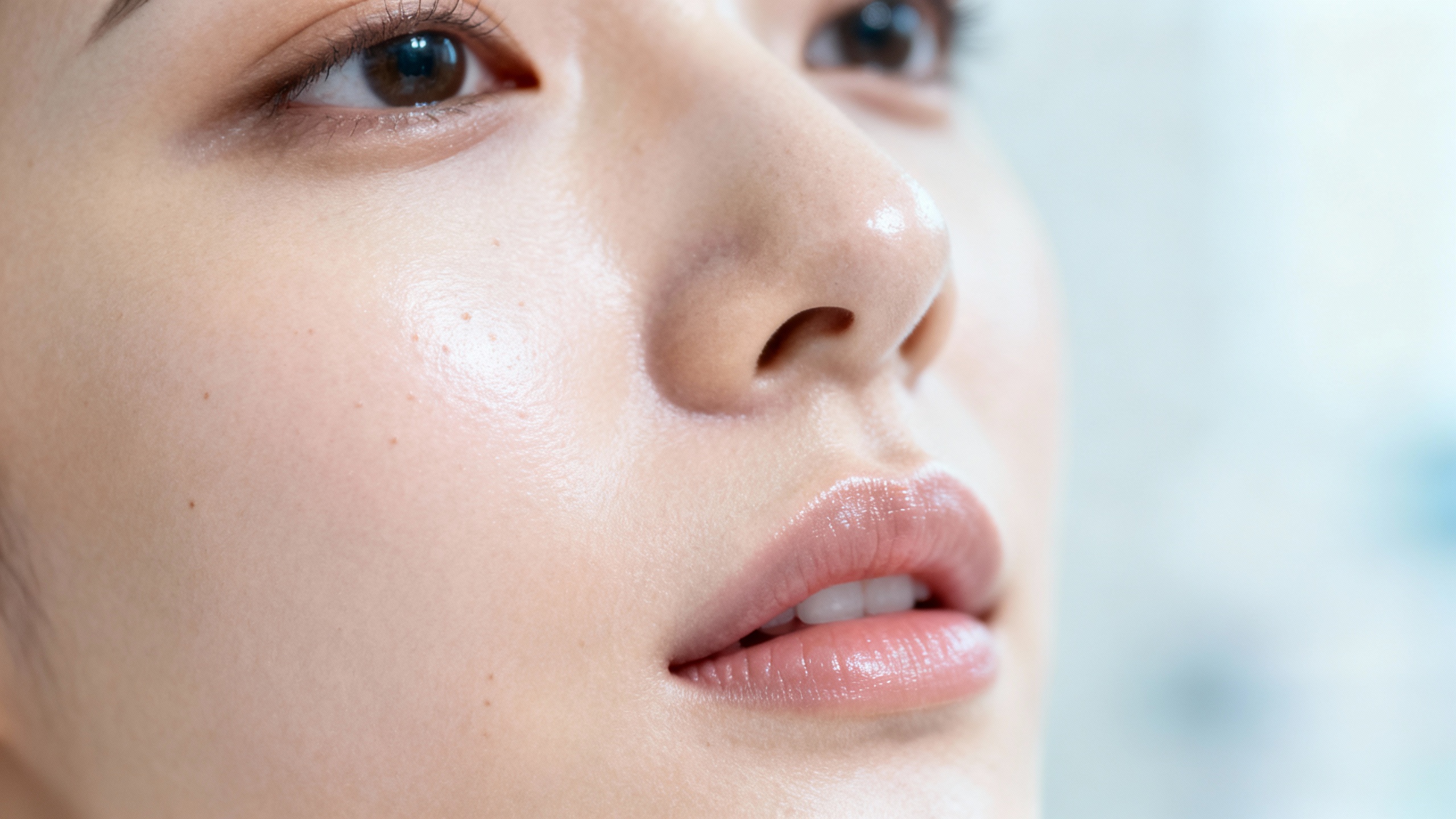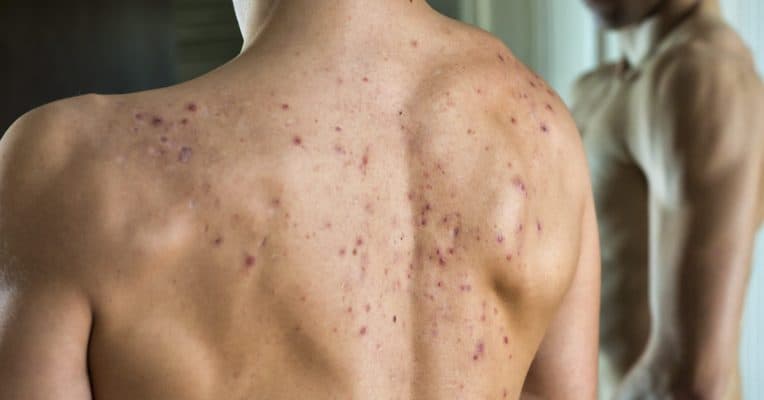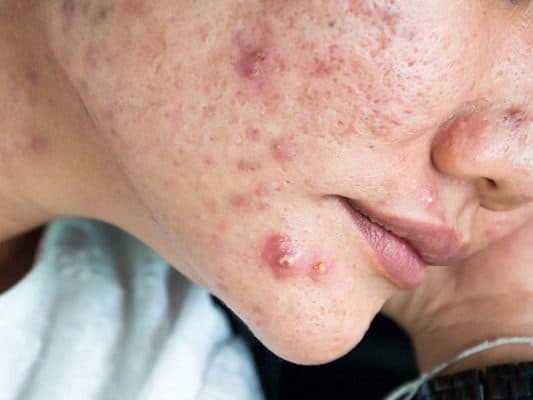Published 2 January 2021
What is the cause of cystic acne?


What is the cause of cystic acne? Cystic acne is a condition that occurs more often in adults than in teenagers. Nodular and cystic acne are often confused for each other. While both are very serious forms of acne, both do have a high risk of causing scarring if left untreated. Nodules aren’t filled with pus, so there isn’t as much of a possibility for infection to enter the pores.
The most common symptoms of both nodules and cystic acne are painful breakouts that occur on the face, neck, shoulders, chest, and back. Most people who have nodules will experience redness and swelling in the affected area. Some people with cystic acne will have severe symptoms, including large, painful nodules that sometimes extend into the lymphatic system. These can be painful or deformed in appearance, and they may include pus-filled bumps or cysts. Cysts can also be painful or tender.
It is commonly believed that the most common cause of cystic acne is the use of oral prescription drugs like isotretinoin or benzoyl peroxide. However, this isn’t entirely true. There are a number of potential causes of cystic acne that haven’t been associated with isotretinoin or benzoyl peroxide, including genetics, diet, stress, hormones, and exposure to certain environmental factors. (This includes such things as pollution and tanning beds.) The most common prescription drug used to treat severe forms of acne is salicylic acid, which is found in most over-the-counter acne treatment preparations.
Other possible causes include poor hygiene or improper cleansing, hormonal changes during puberty or pregnancy, or infections. (As well as antibiotics and Accutane, which can also lead to severe scarring and inflammation.) Sometimes, patients can experience redness and swelling just below the surface of the skin, especially around the hair follicles.

At puberty, the sebaceous glands become active and produce an oily substance called sebum. This is not related to bacteria or infection, but rather provides protection from irritants on the skin’s surface. During puberty and pregnancy, hormonal changes cause the glands to become overactive, leading to excessive sebum production and subsequent inflammation. (Nodular acne is often seen in pregnant women because of the hormonal changes that occur during that time.)
Cystic acne can be serious, even life-threatening. Severe cases can lead to scarring and extensive skin damage, and it may also lead to the loss of a pimple. Pimples form below the surface of the skin, but the intense inflammation that occurs when pores get clogged can actually reach the surface. Prostatic or infection issues are common with this type of severe acne, which can make it difficult to treat and can leave scars behind.
Some experts believe that certain types of cystic acne can be caused by a variety of different things. Heredity may play a role in some people, as well as certain types of pollutants. Hormones and poor hygiene can also be linked to these types of conditions, as well as some other medical conditions. Certain drugs, including those used to treat hormones, can lead to nodular acne and the formation of cysts. Some medications, such as those used to treat medications used for depression, can also have the same effects. Many doctors believe that poor hygiene and genetics play a role in some of the other types of acne as well, though they are not as well understood.
Treatment for cystic acne typically involves using prescription-strength oral antibiotics. These antibiotics are powerful forms of medication that fight acne bacteria and promote healing within the body. Sometimes, a soothing overnight cystic acne treatment may help too. They work to combat the root cause of the inflammation, allowing your body to get back to normal again. Generally, the symptoms of these types of infections will disappear after your topical antibiotic treatment has finished, but it is important to complete any necessary treatment with an oral antibiotic so that any remaining bacteria can be removed.
